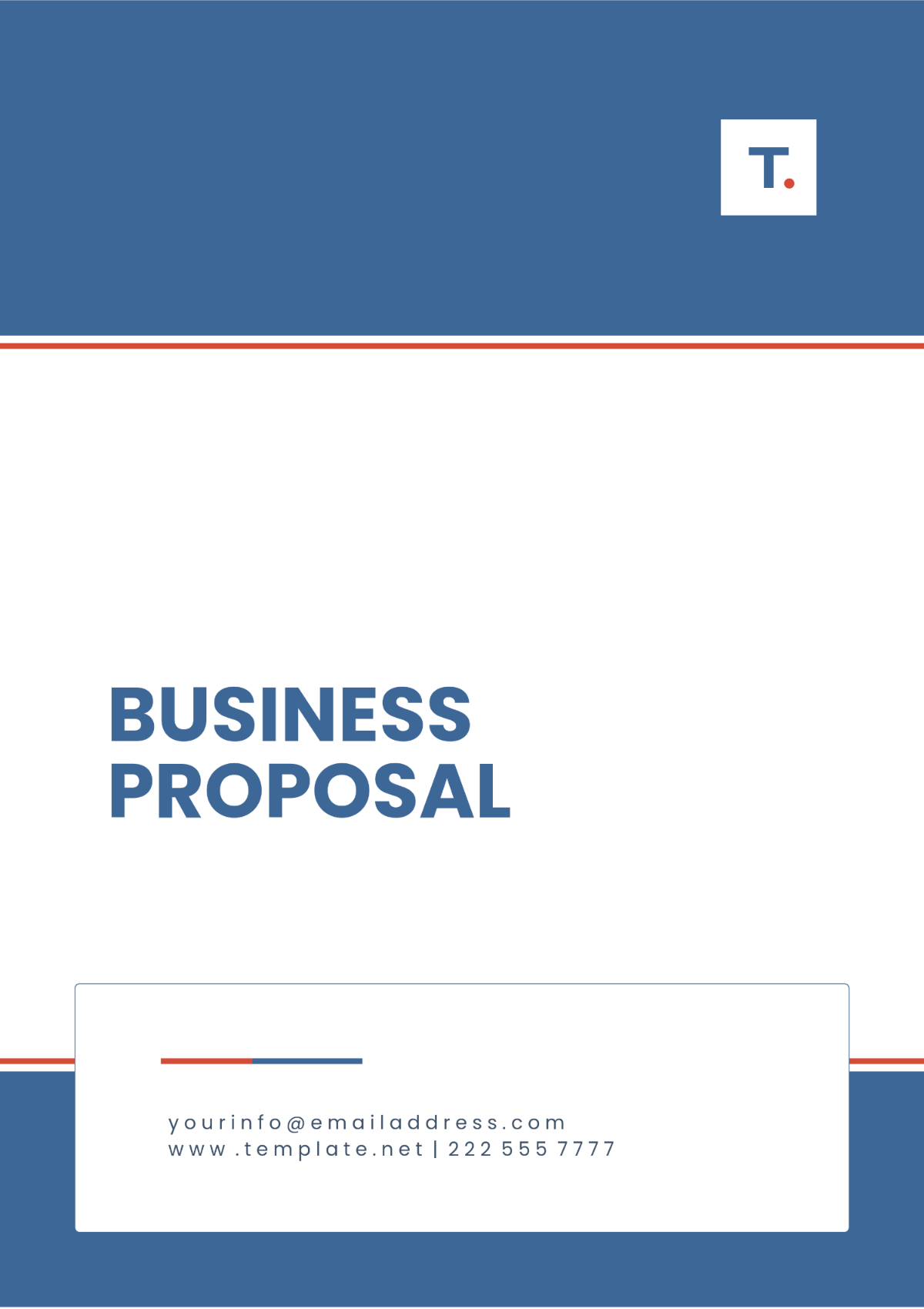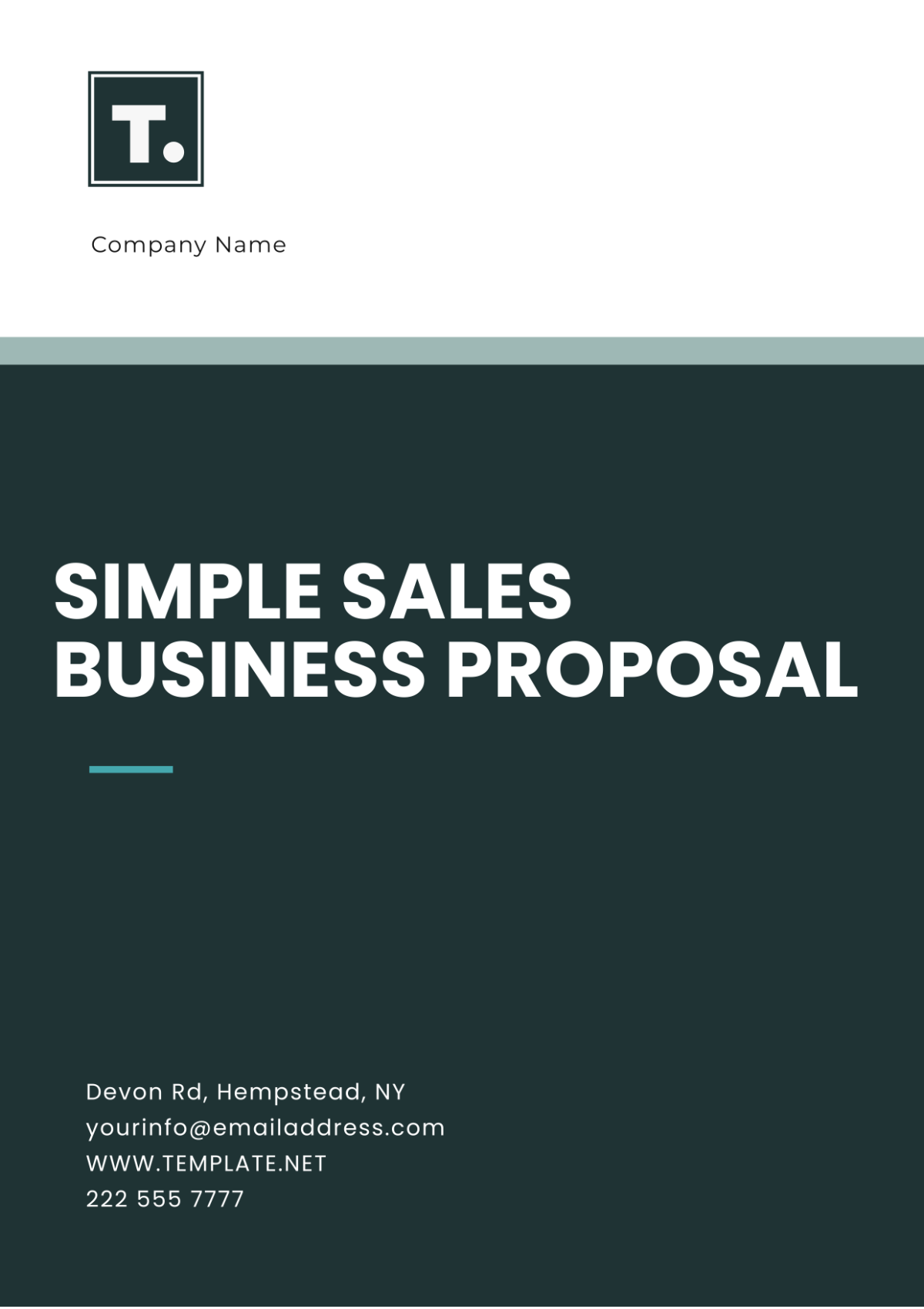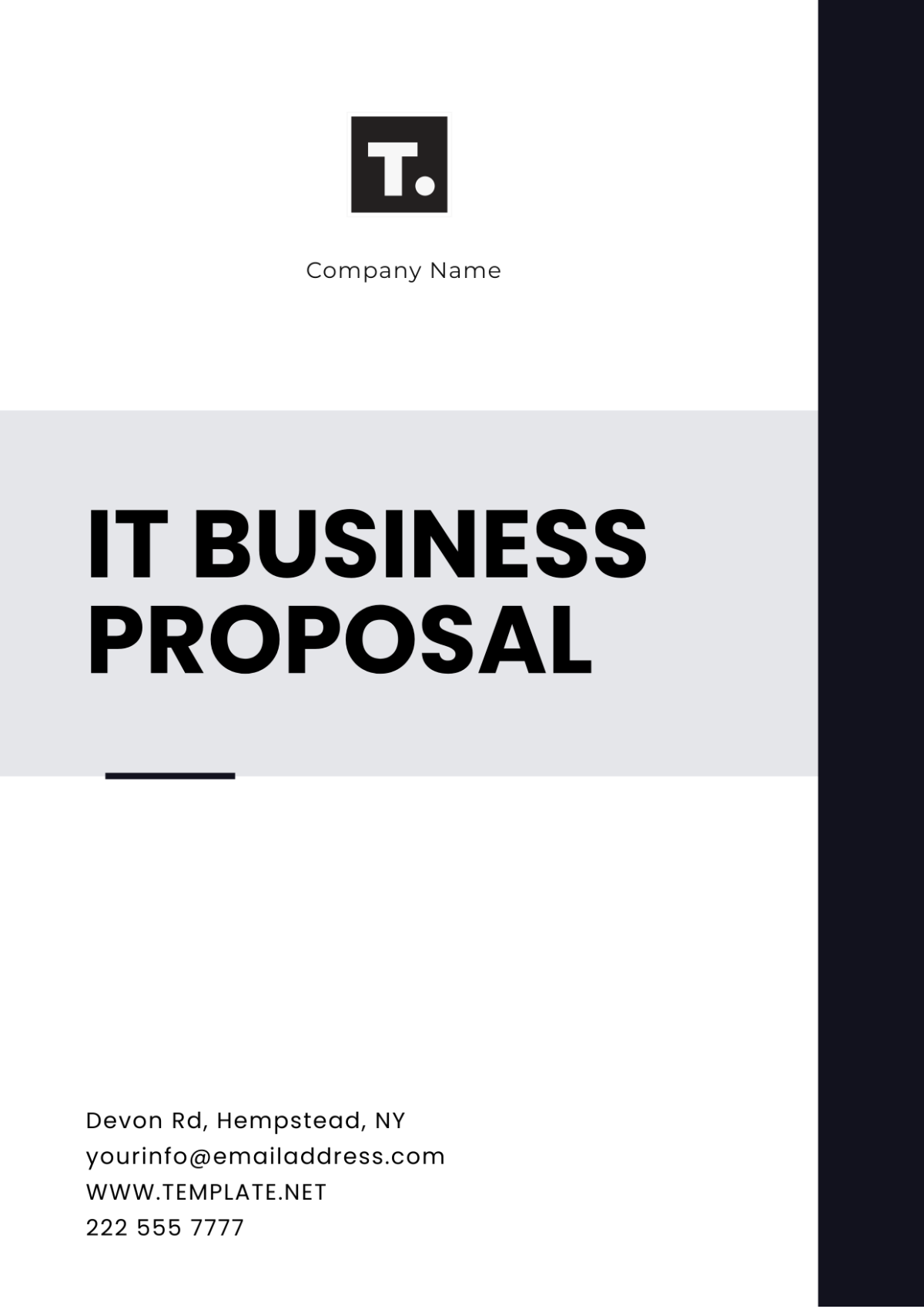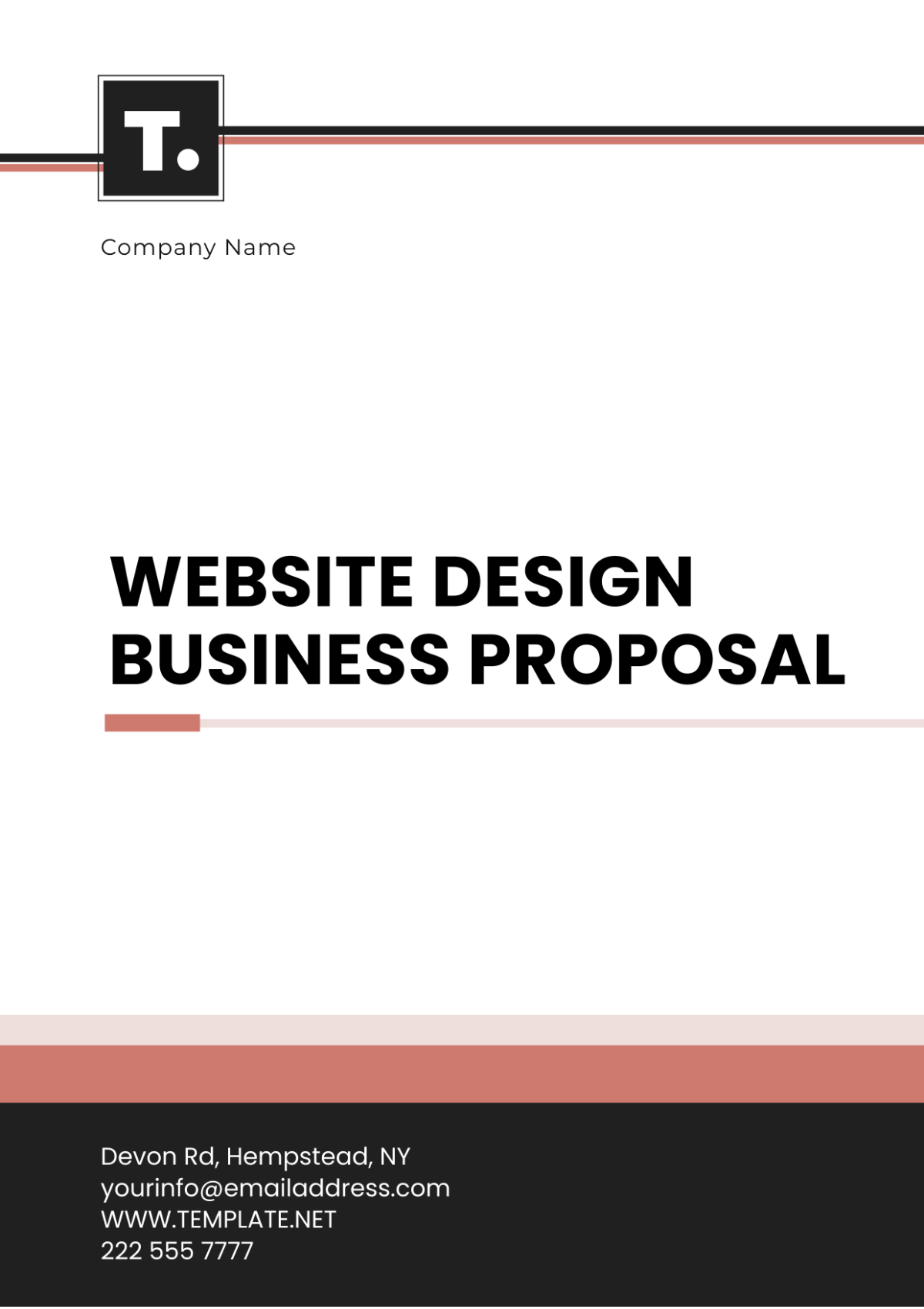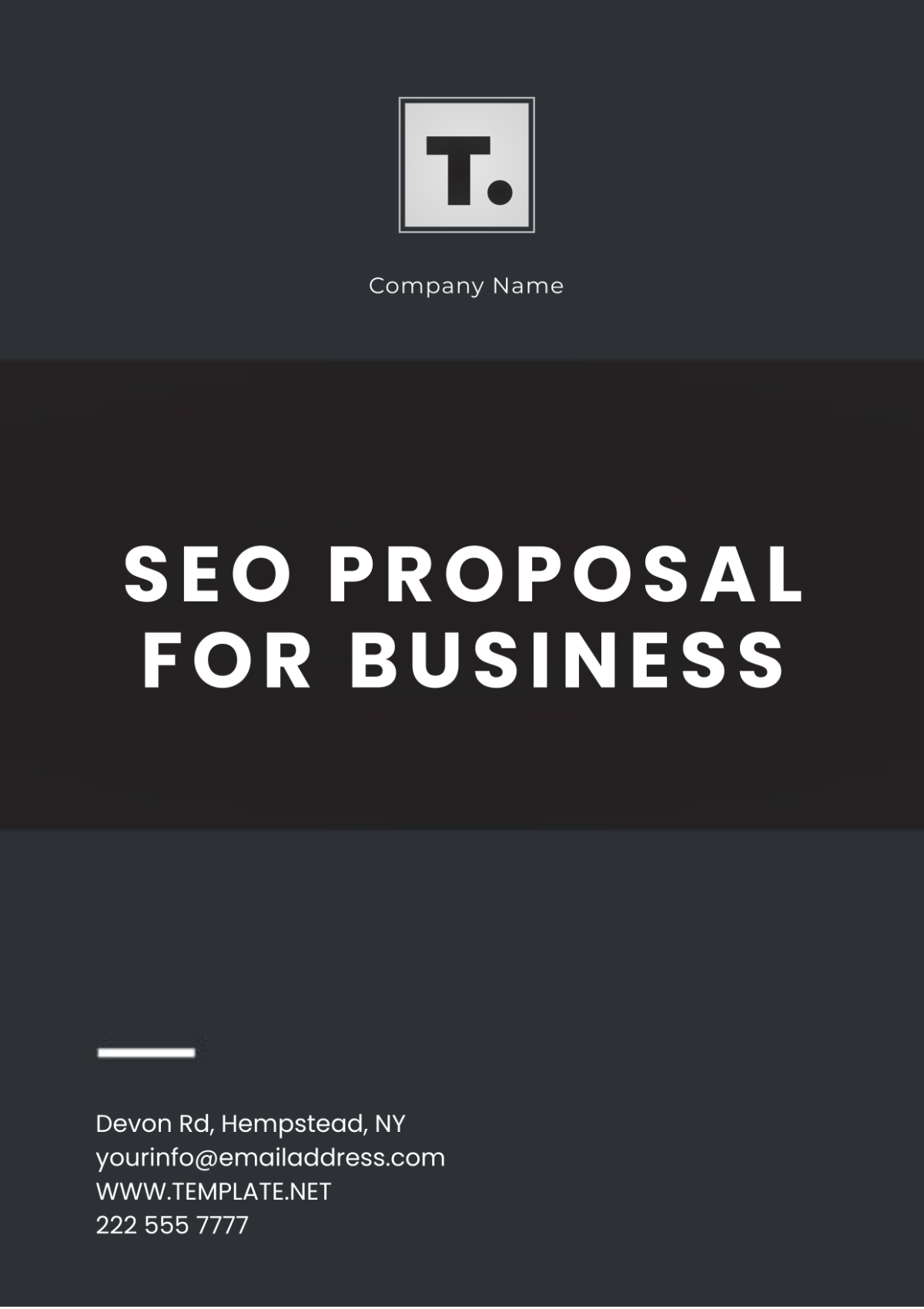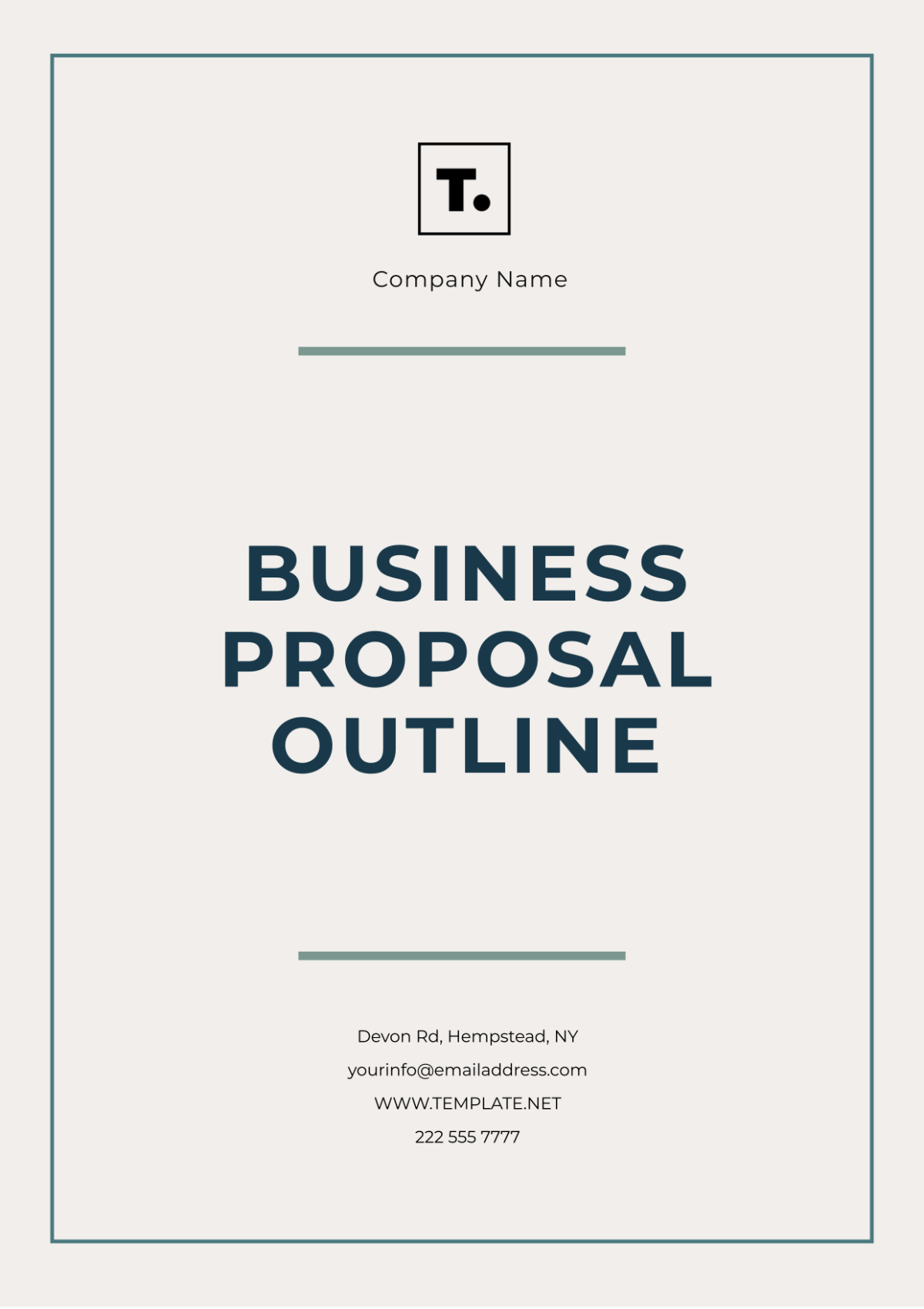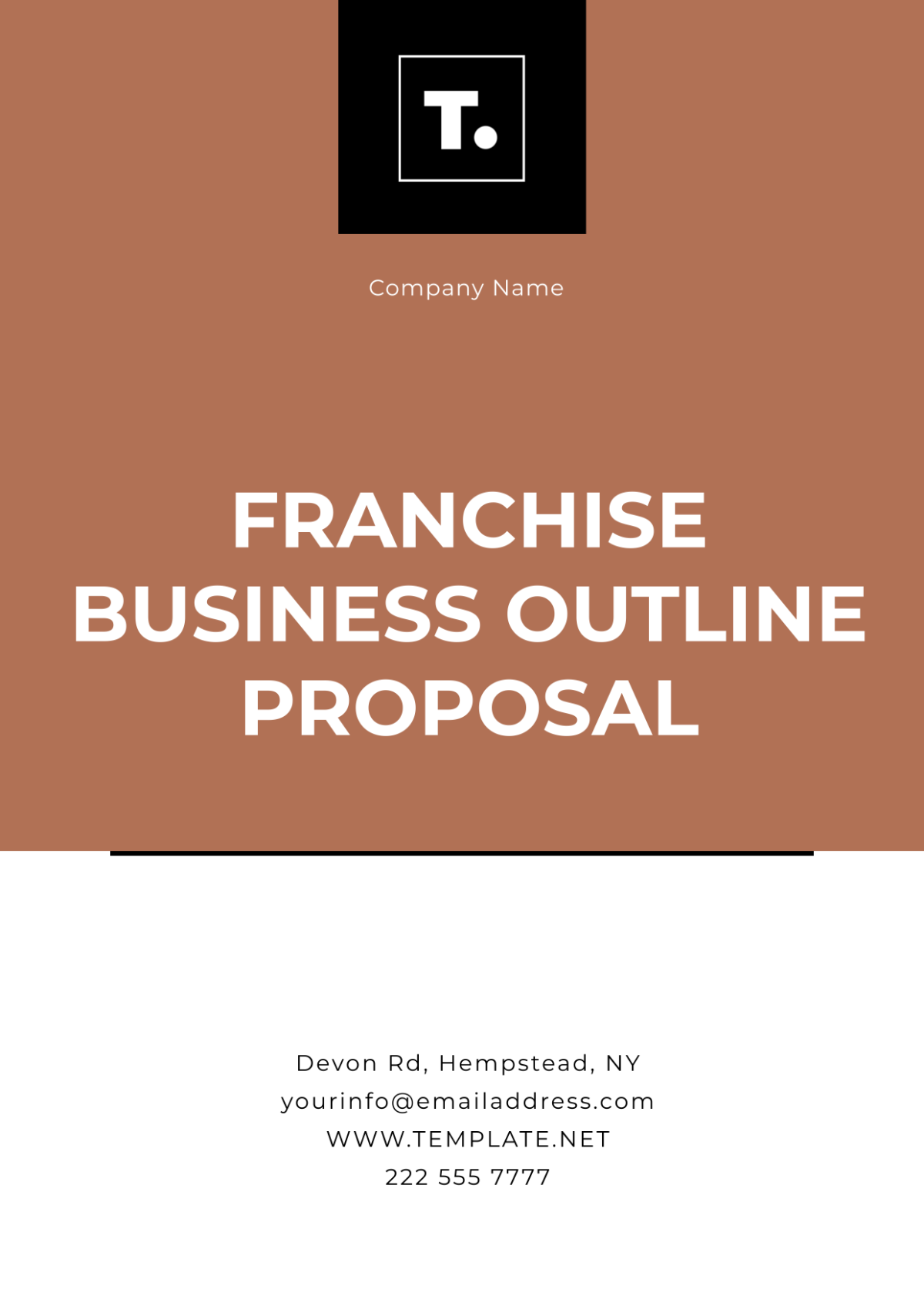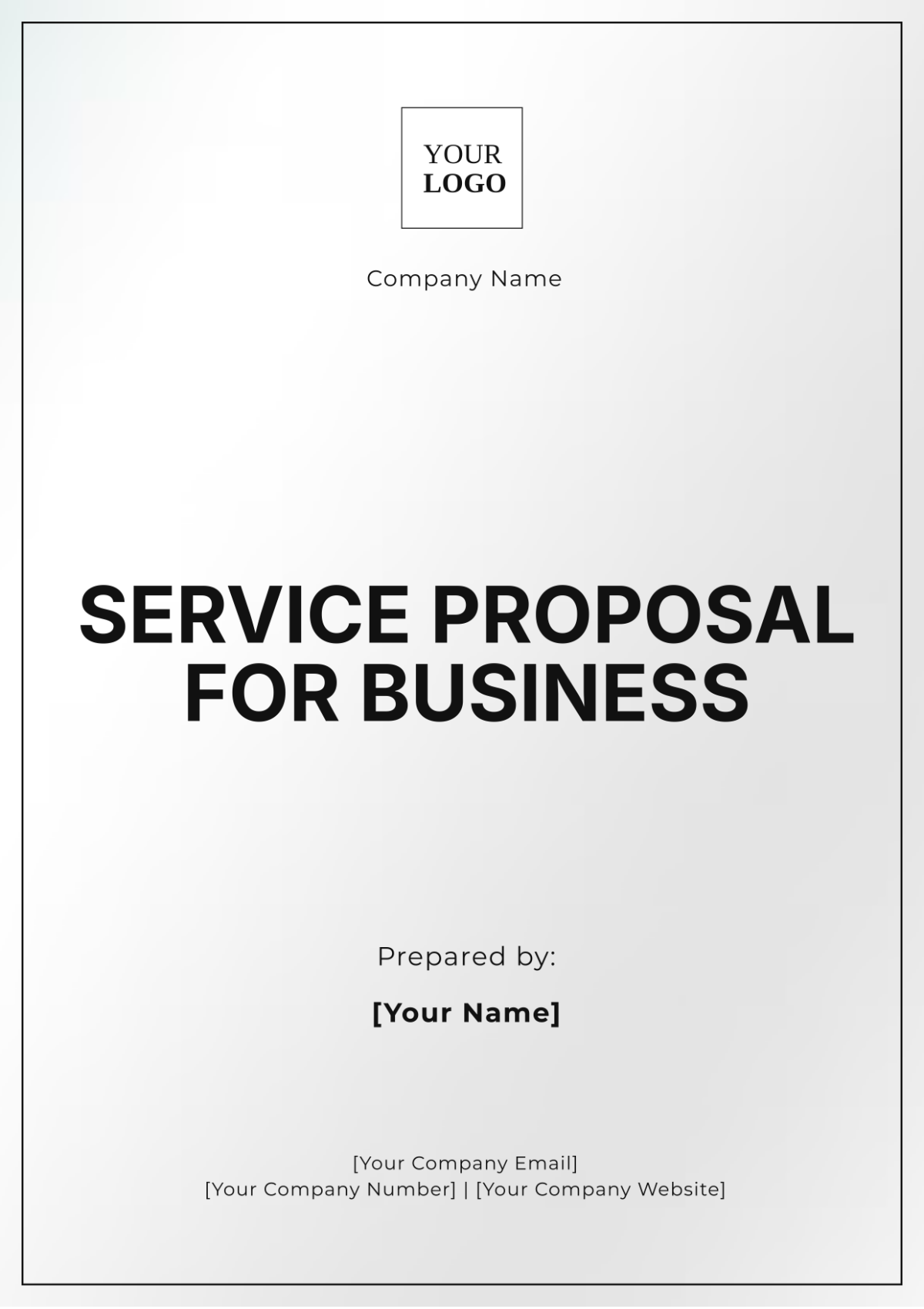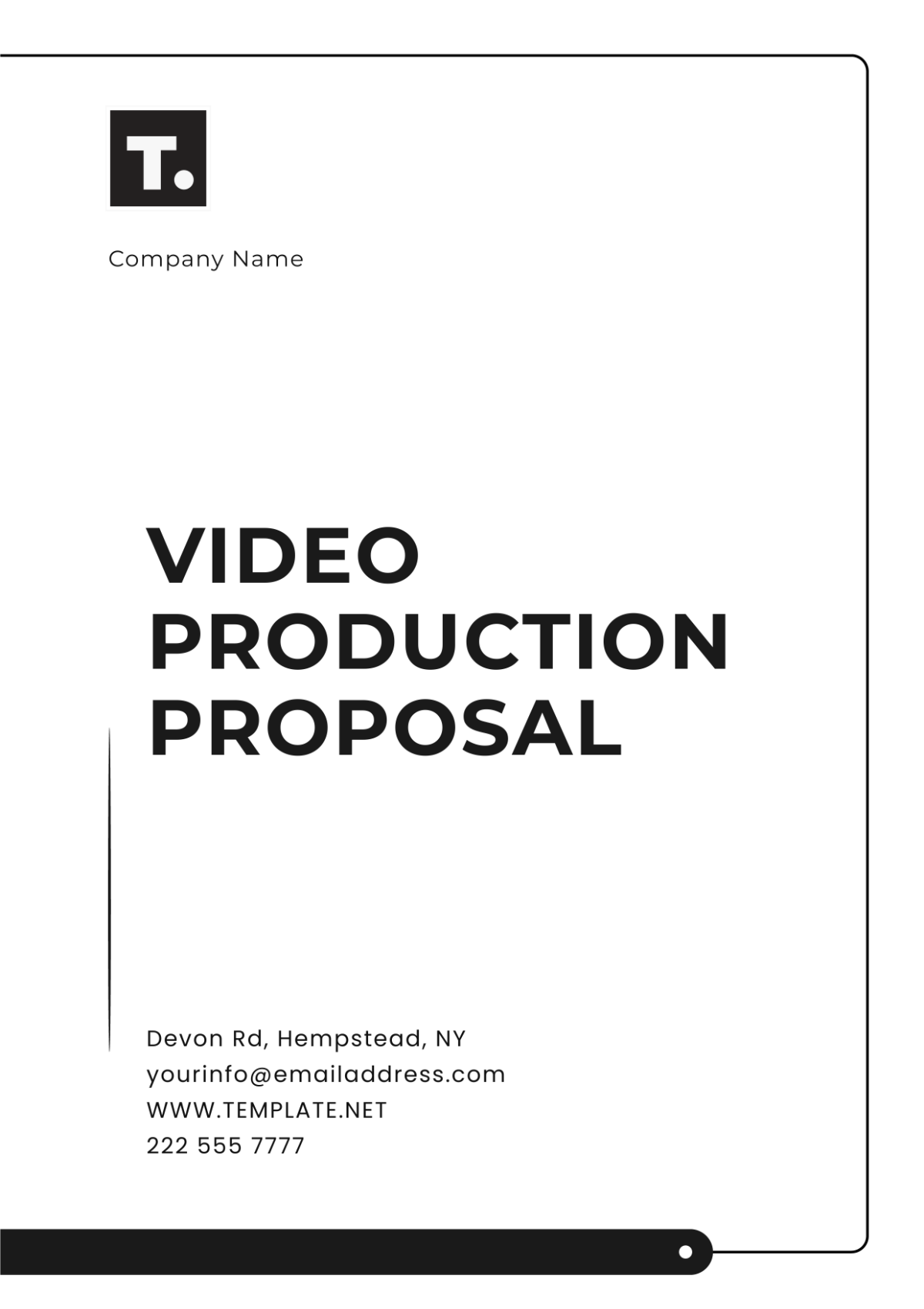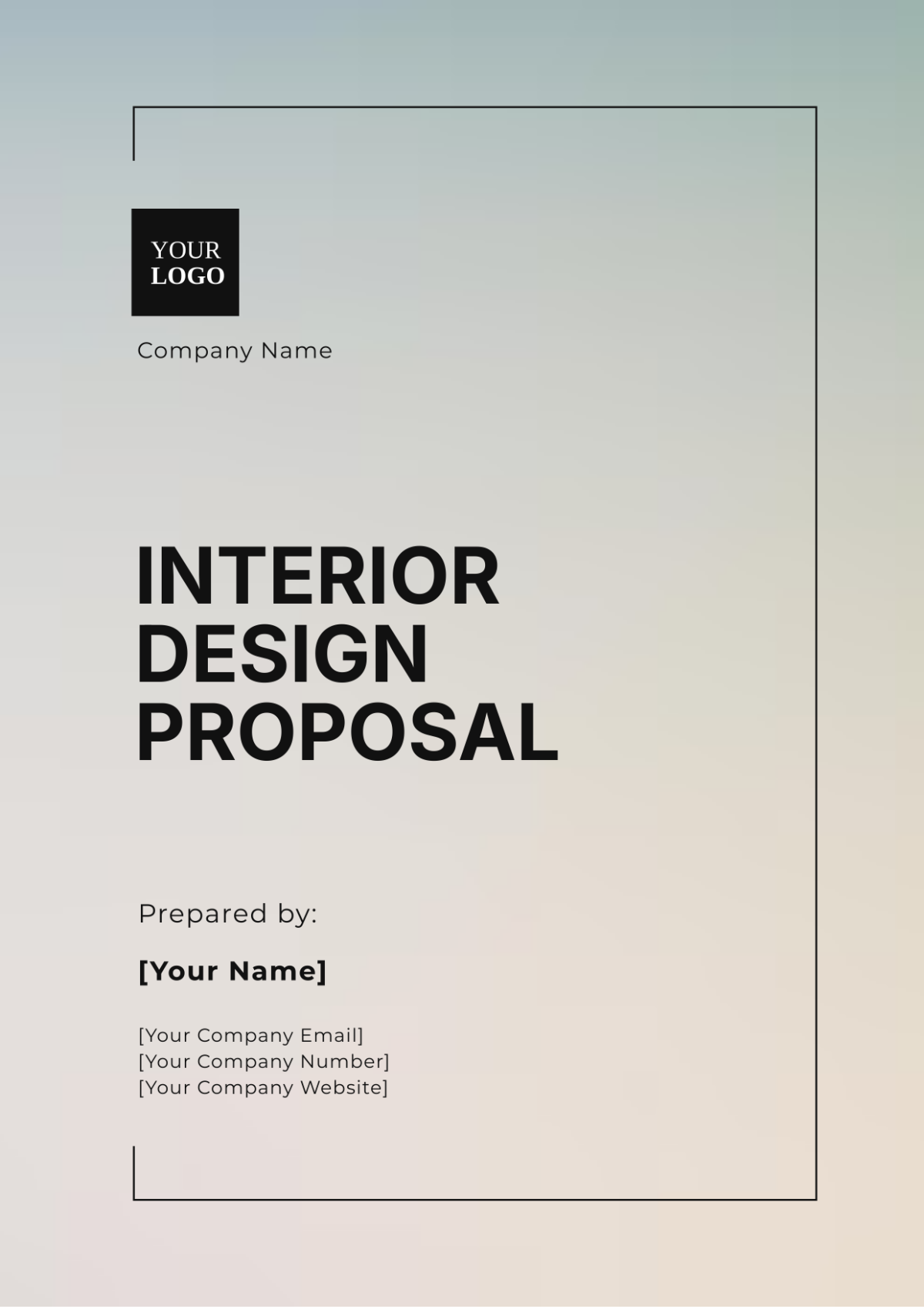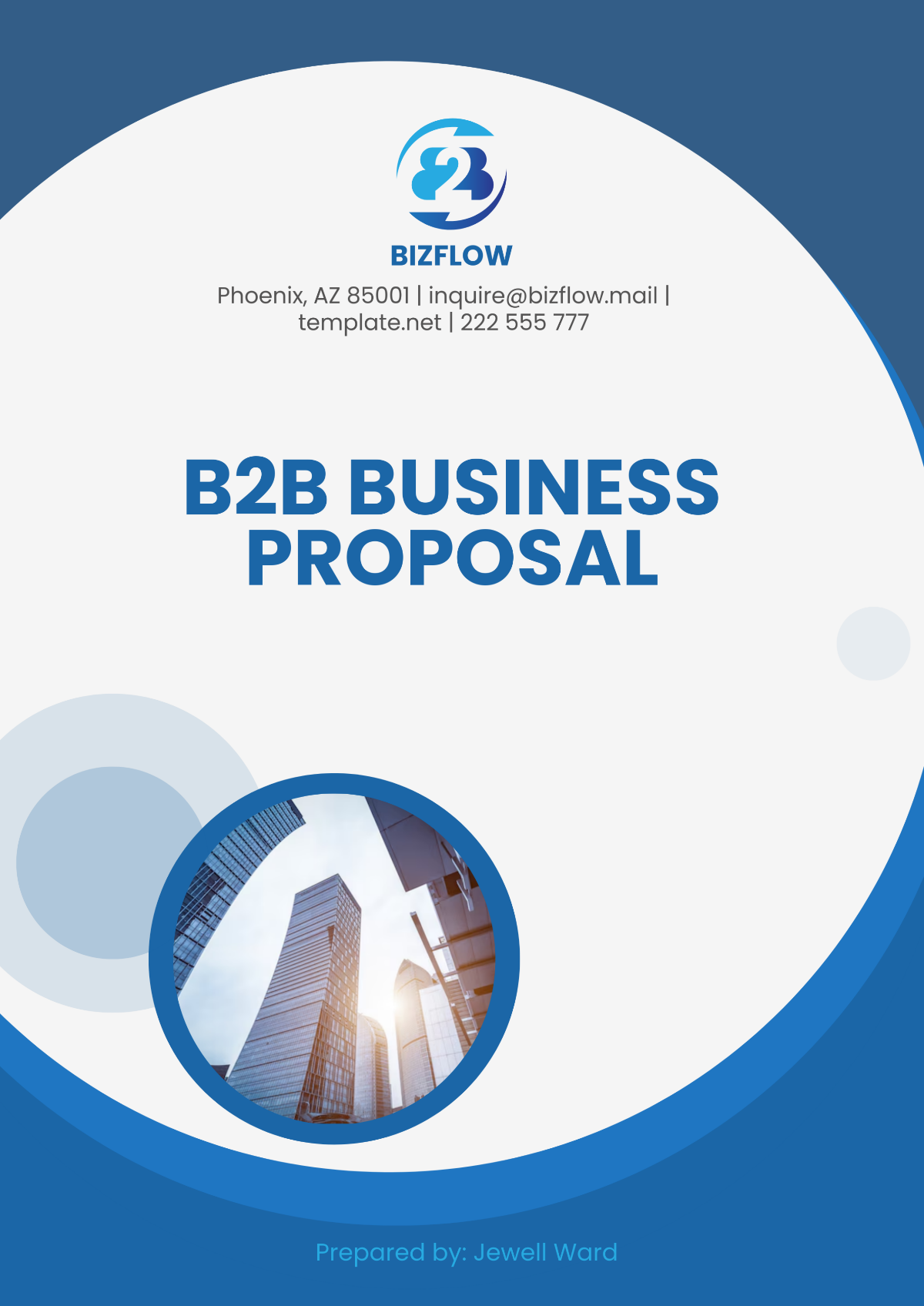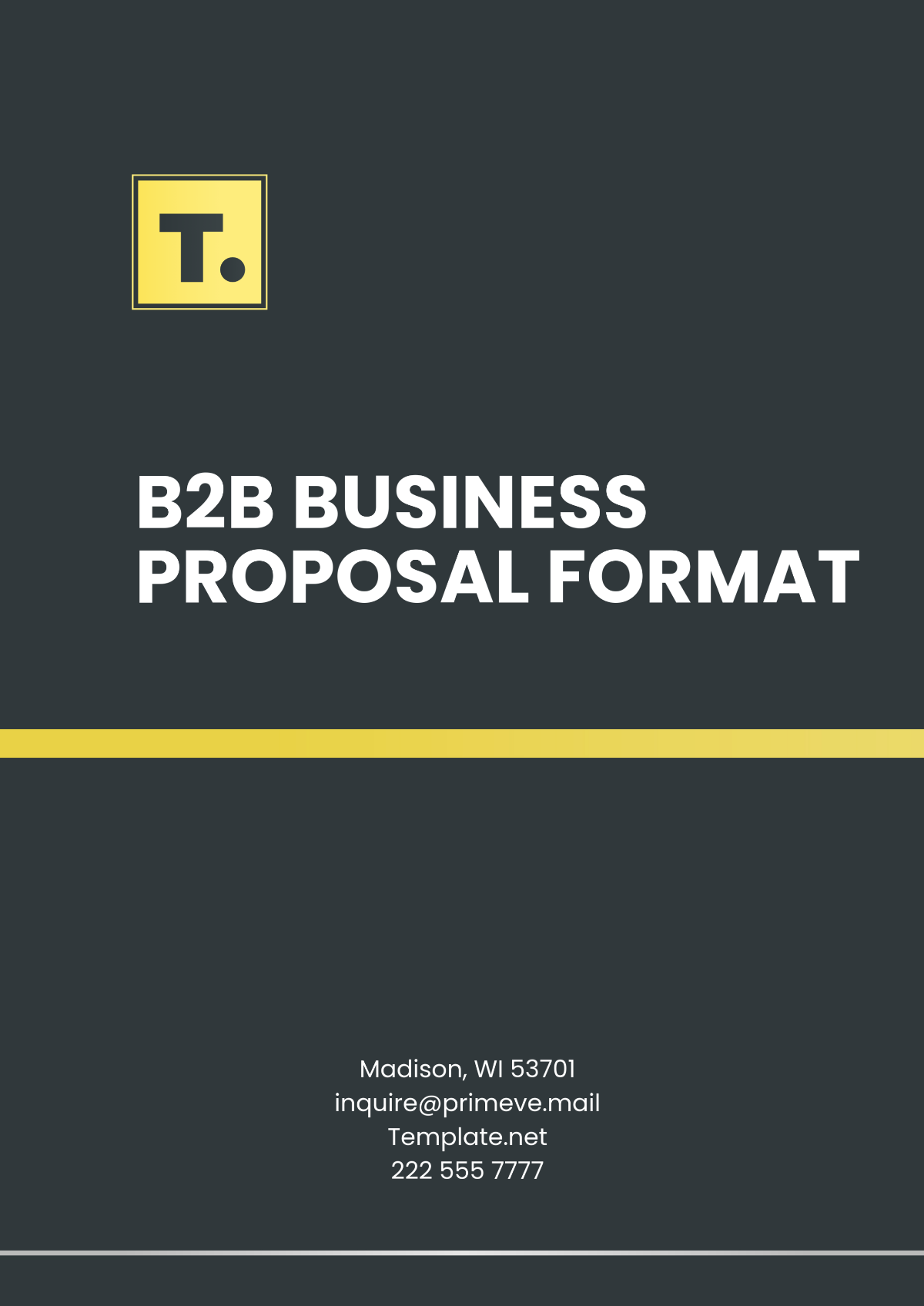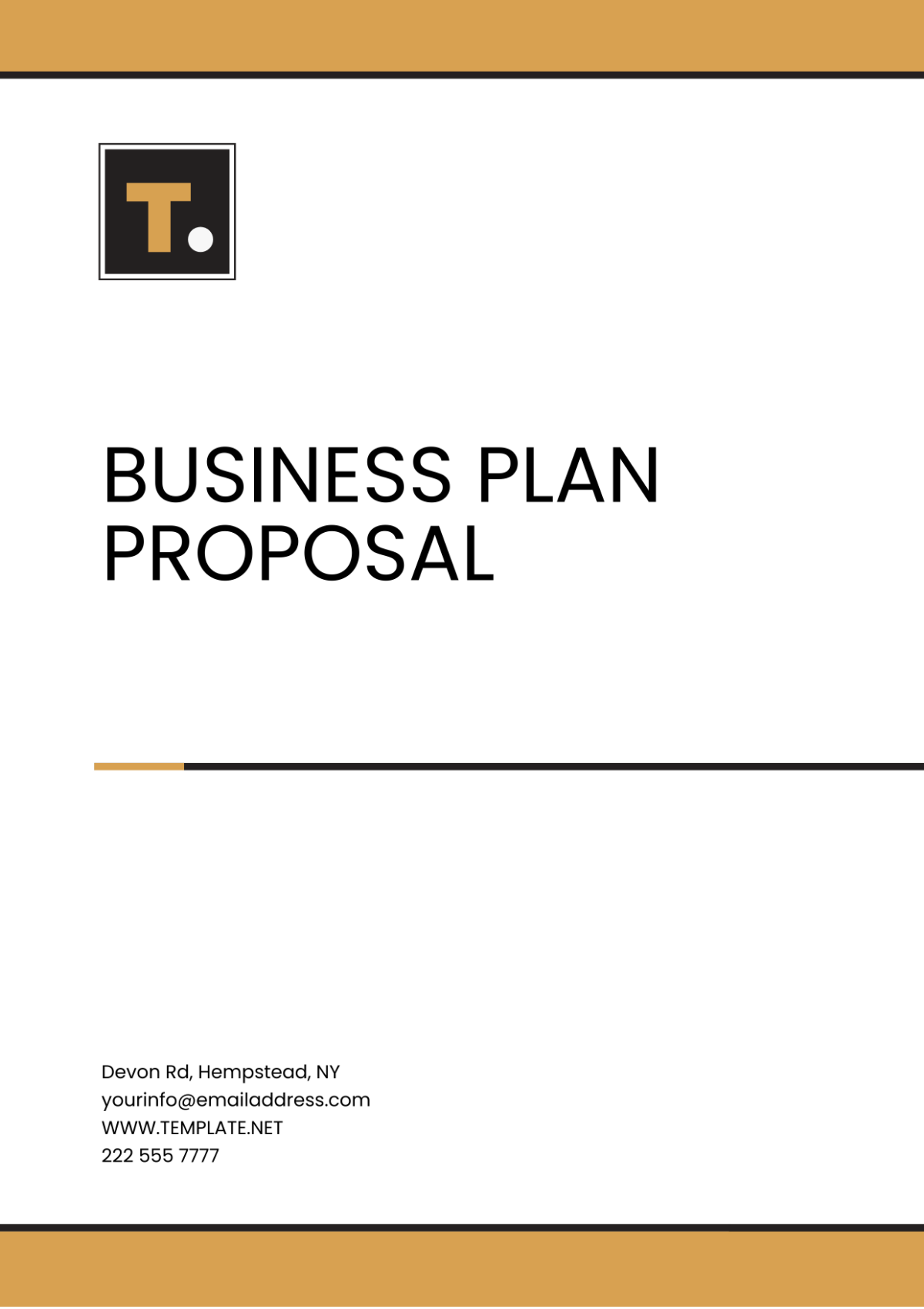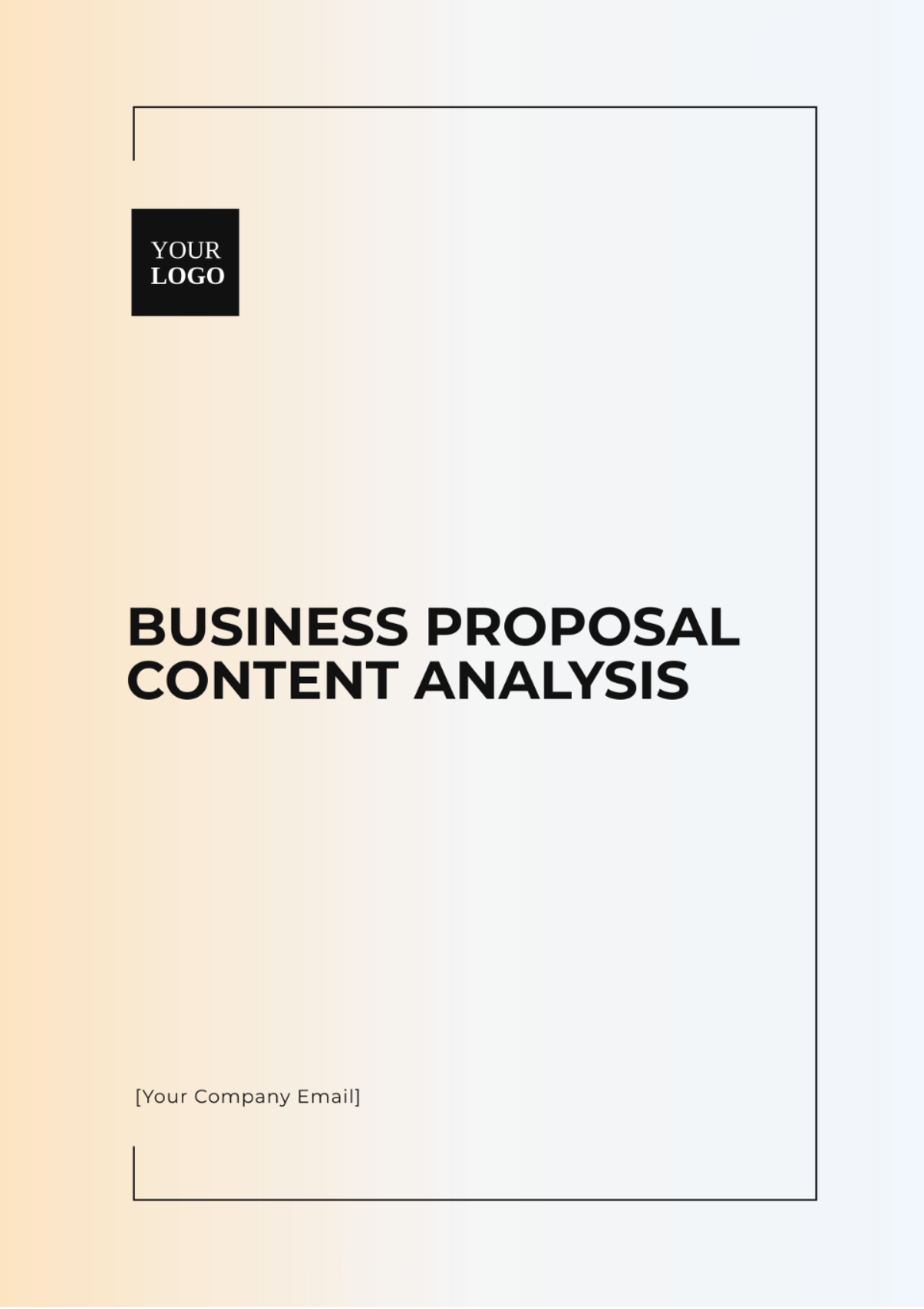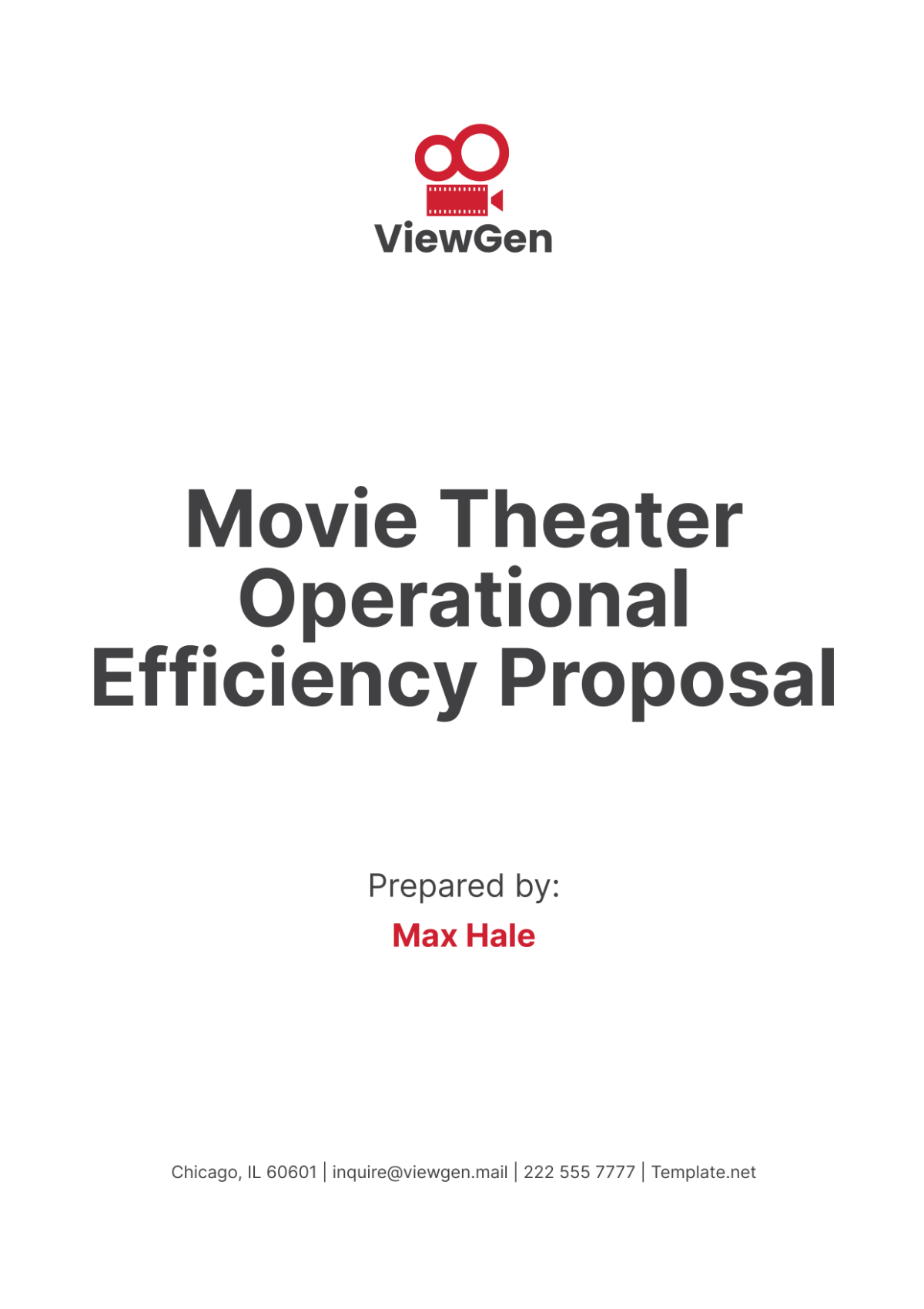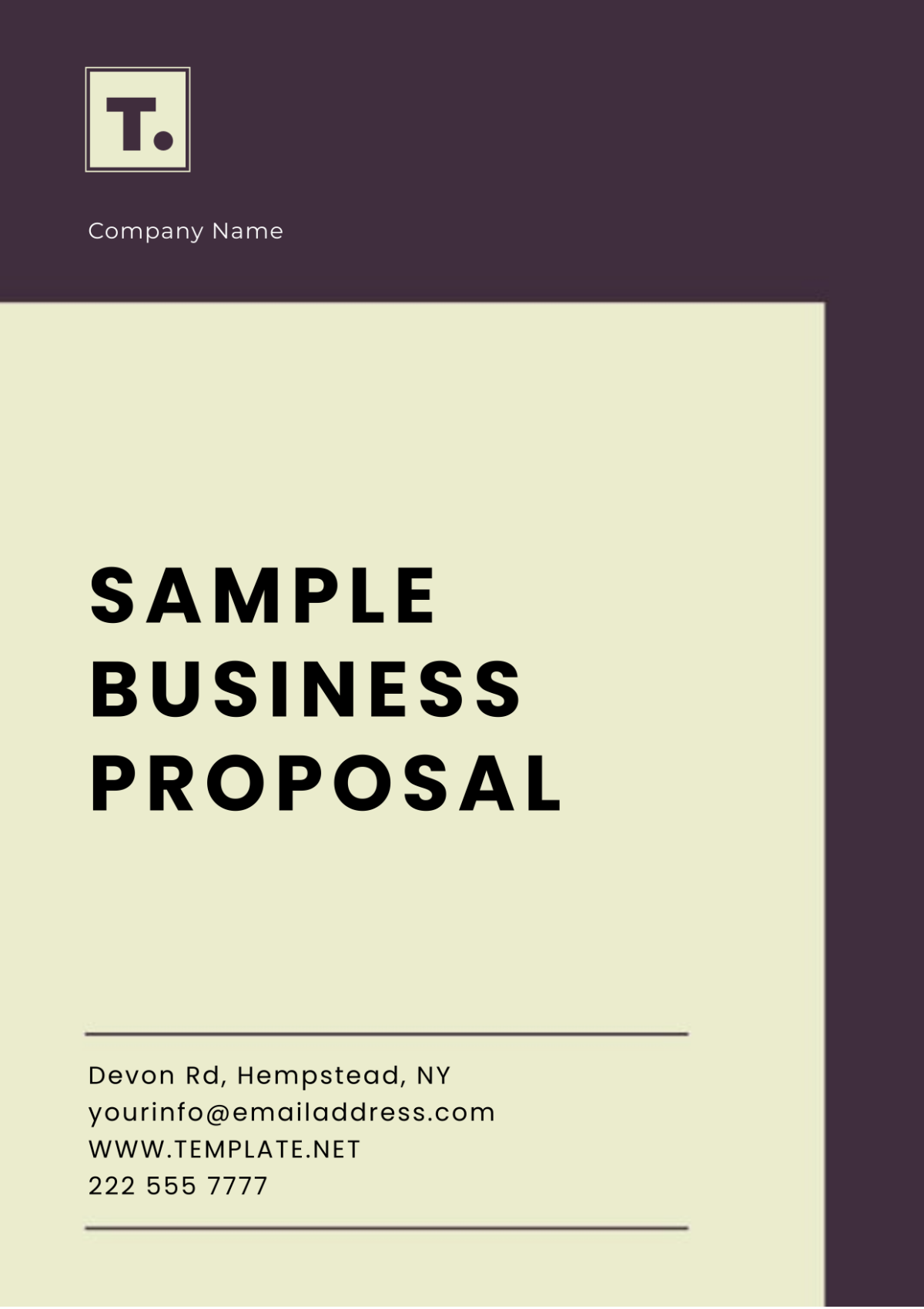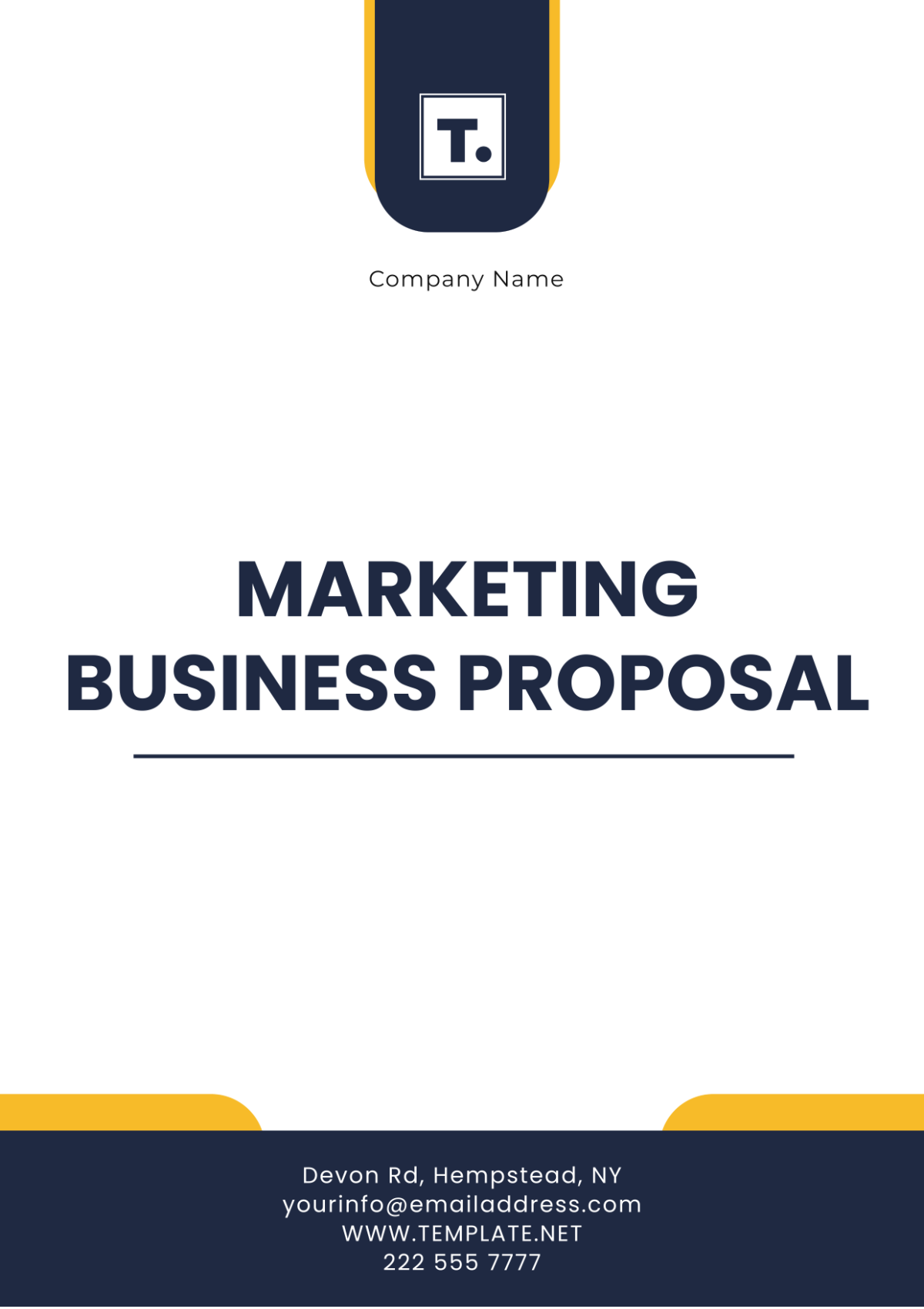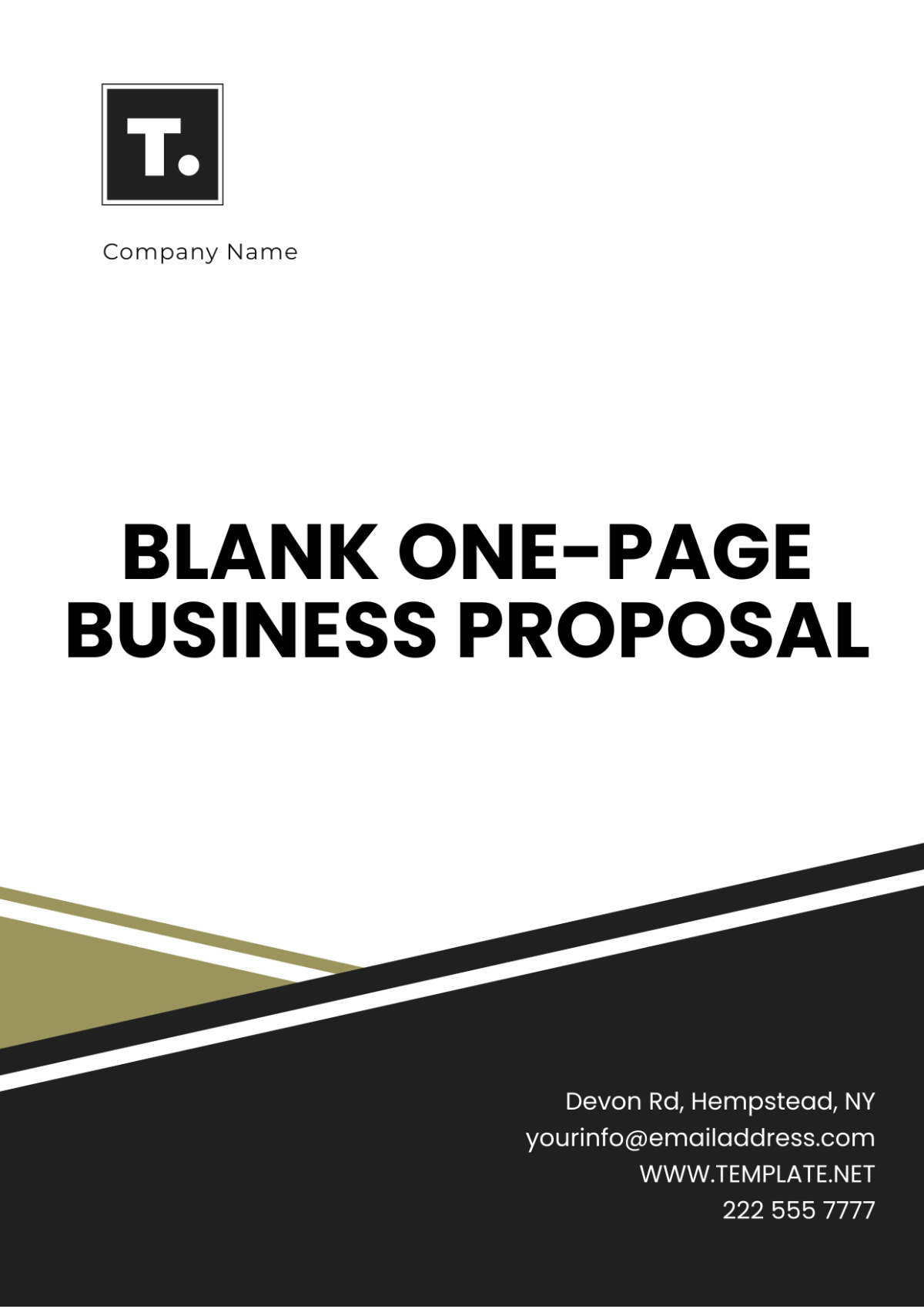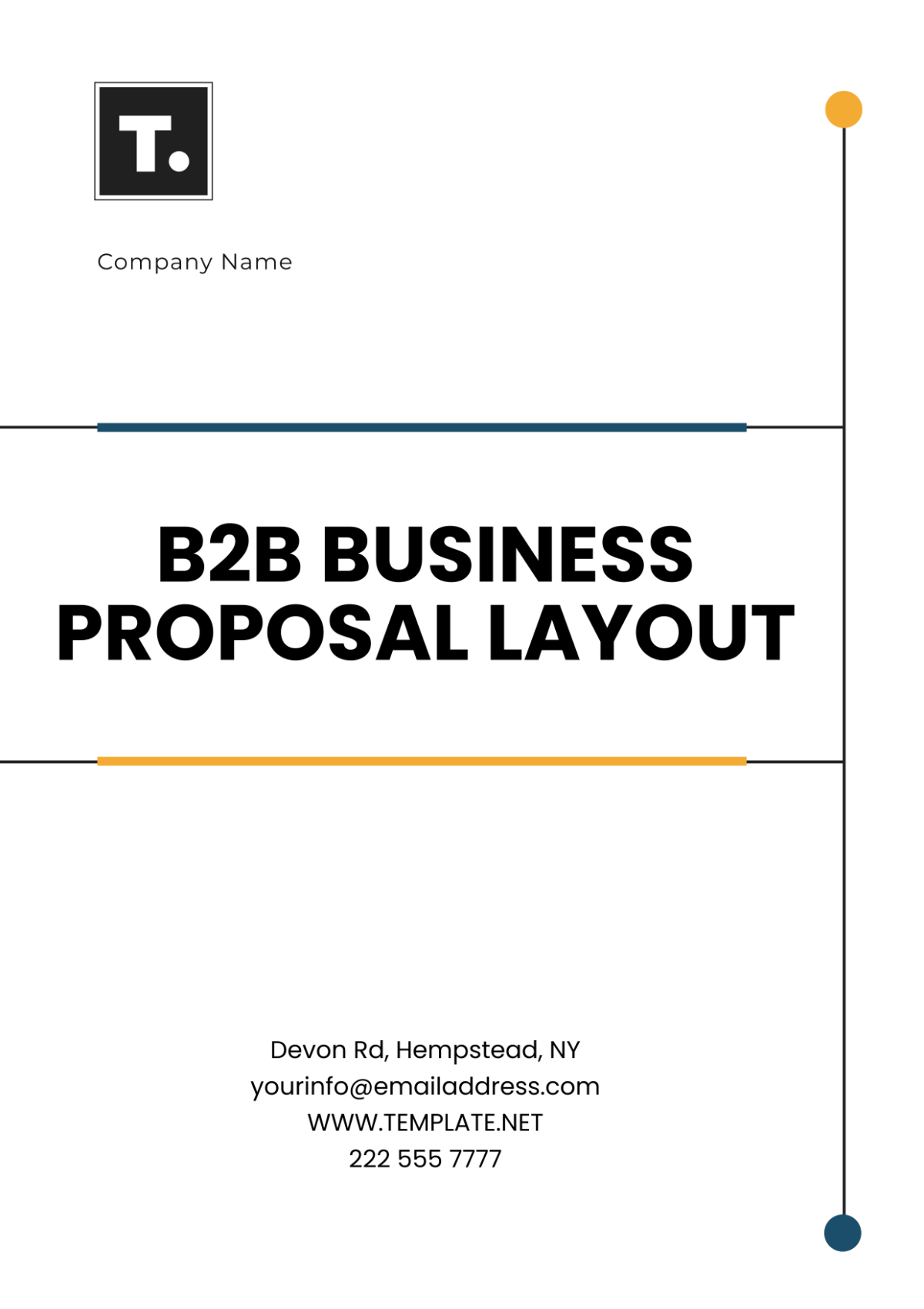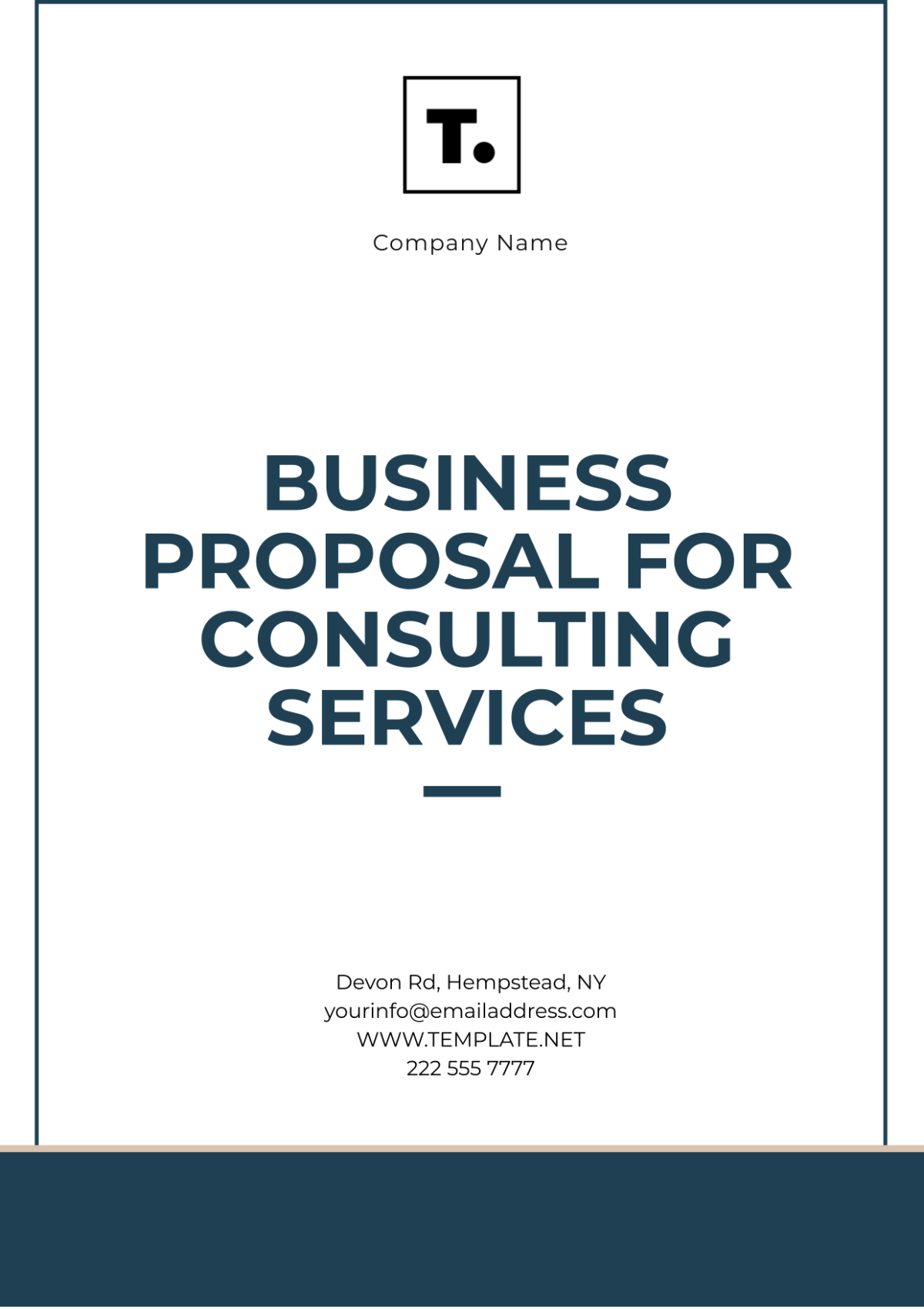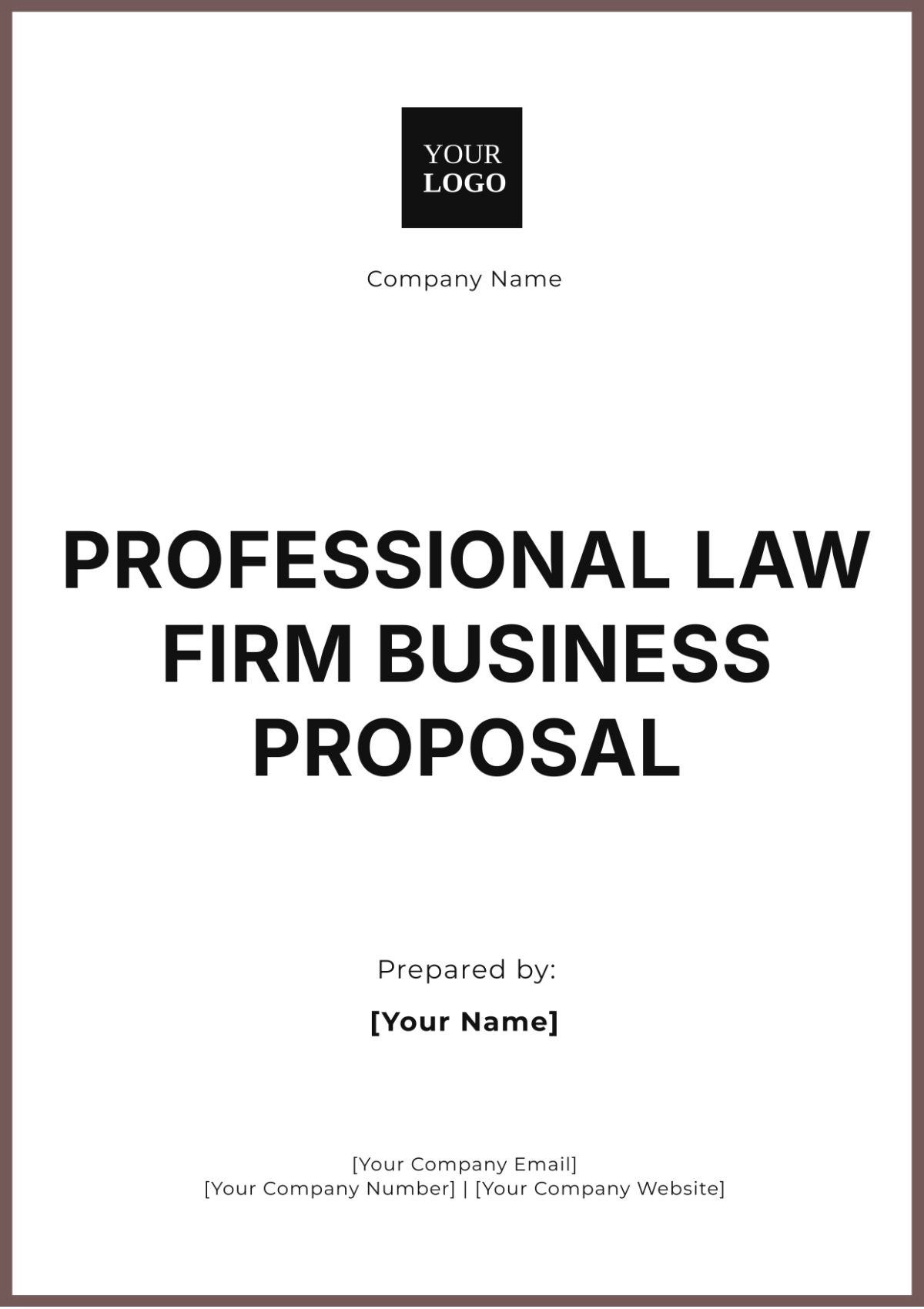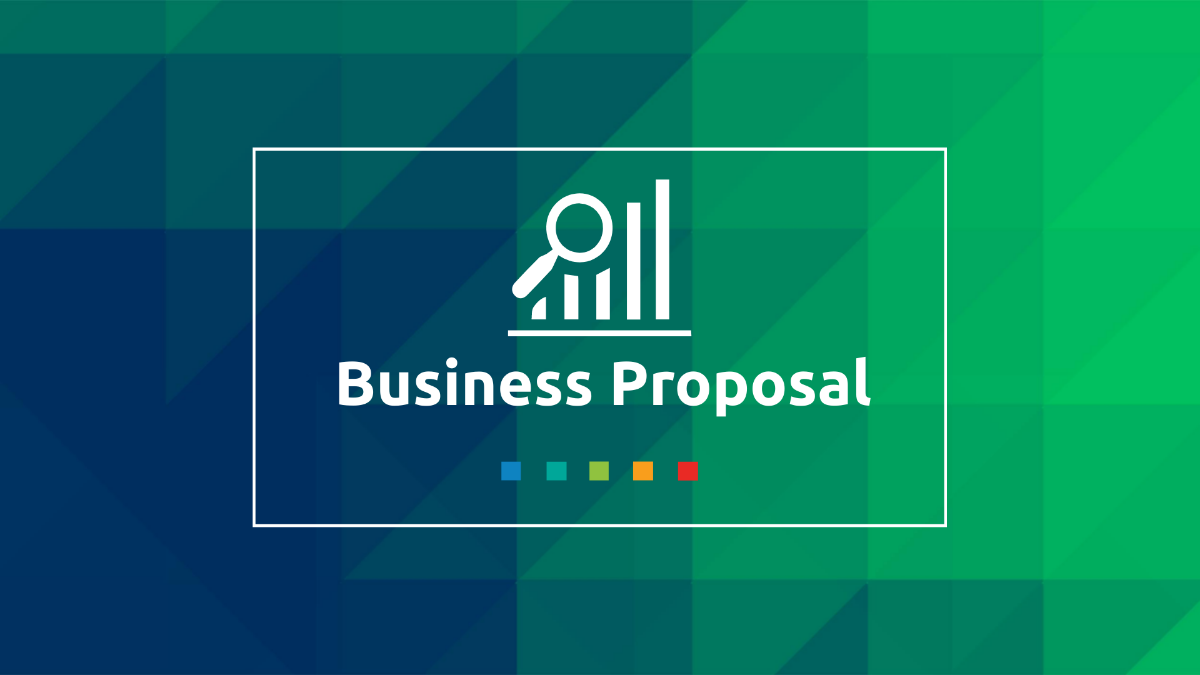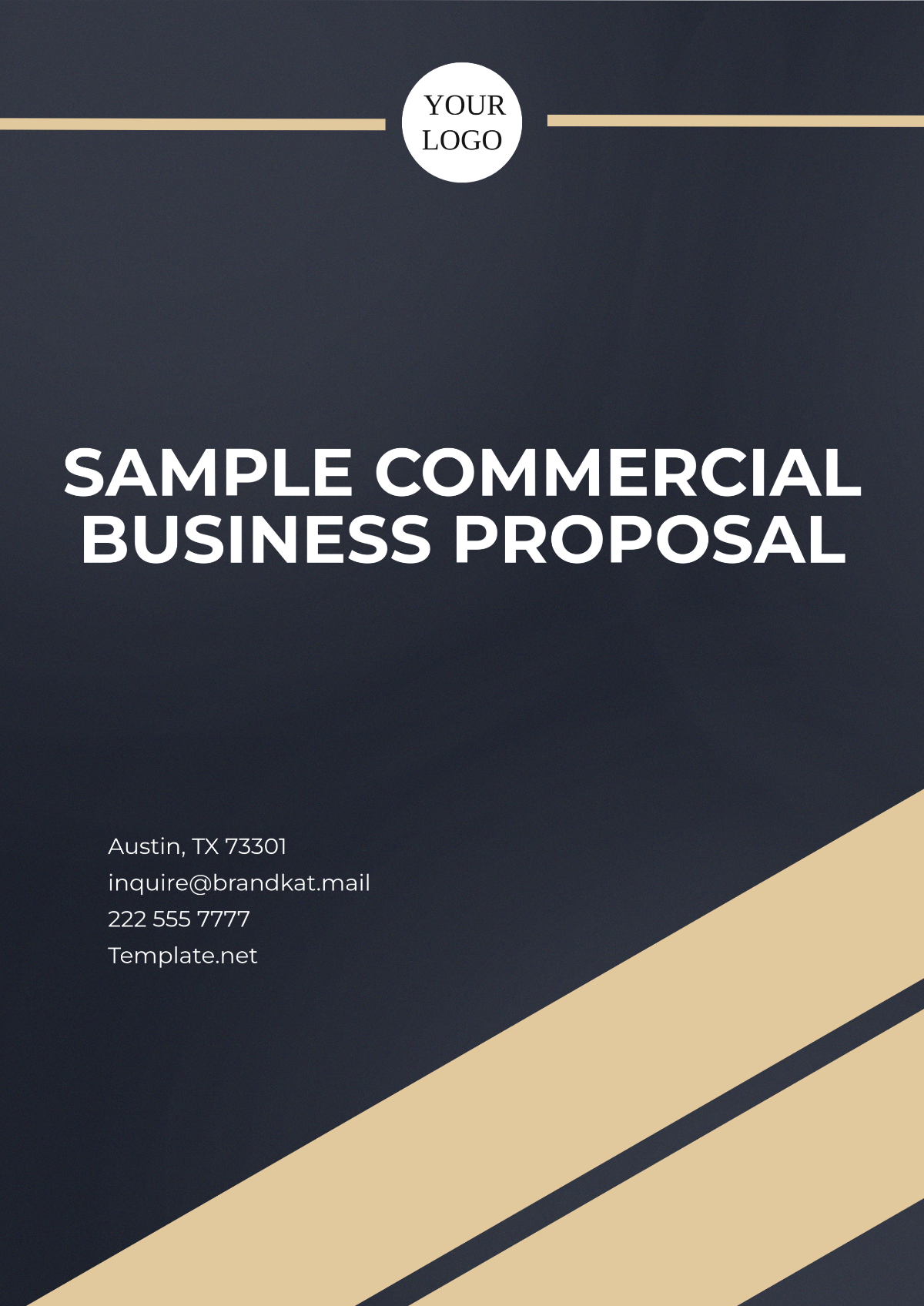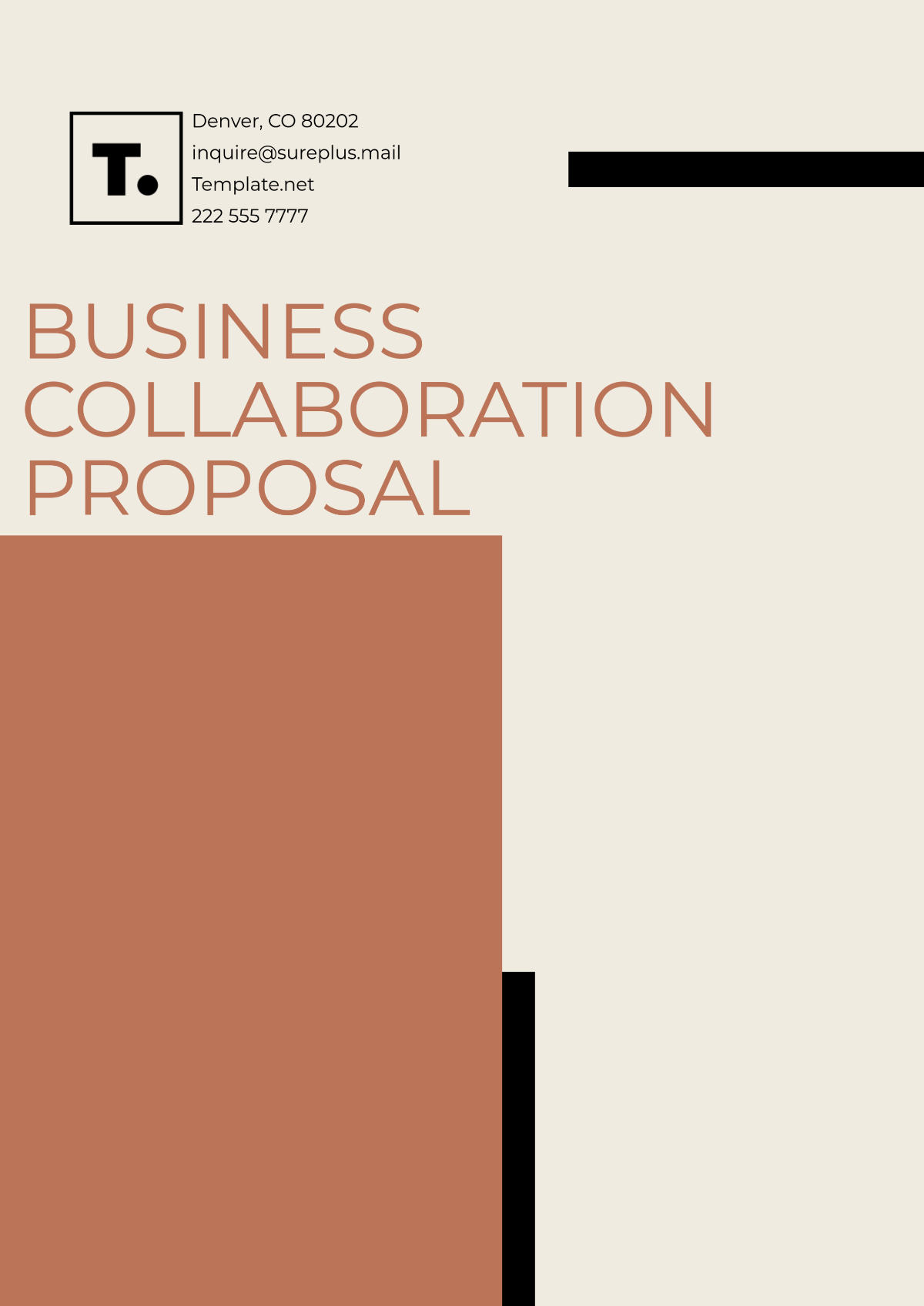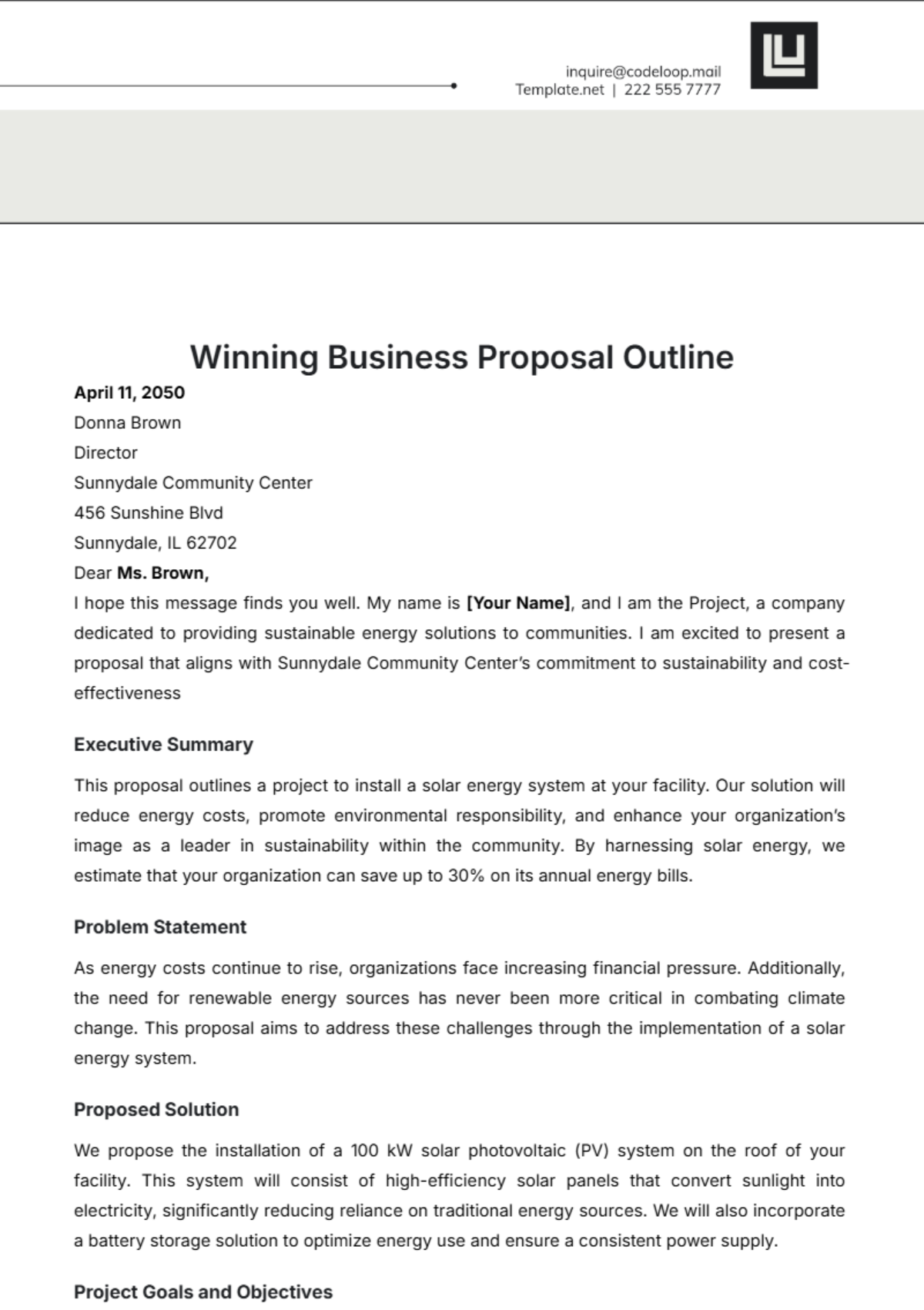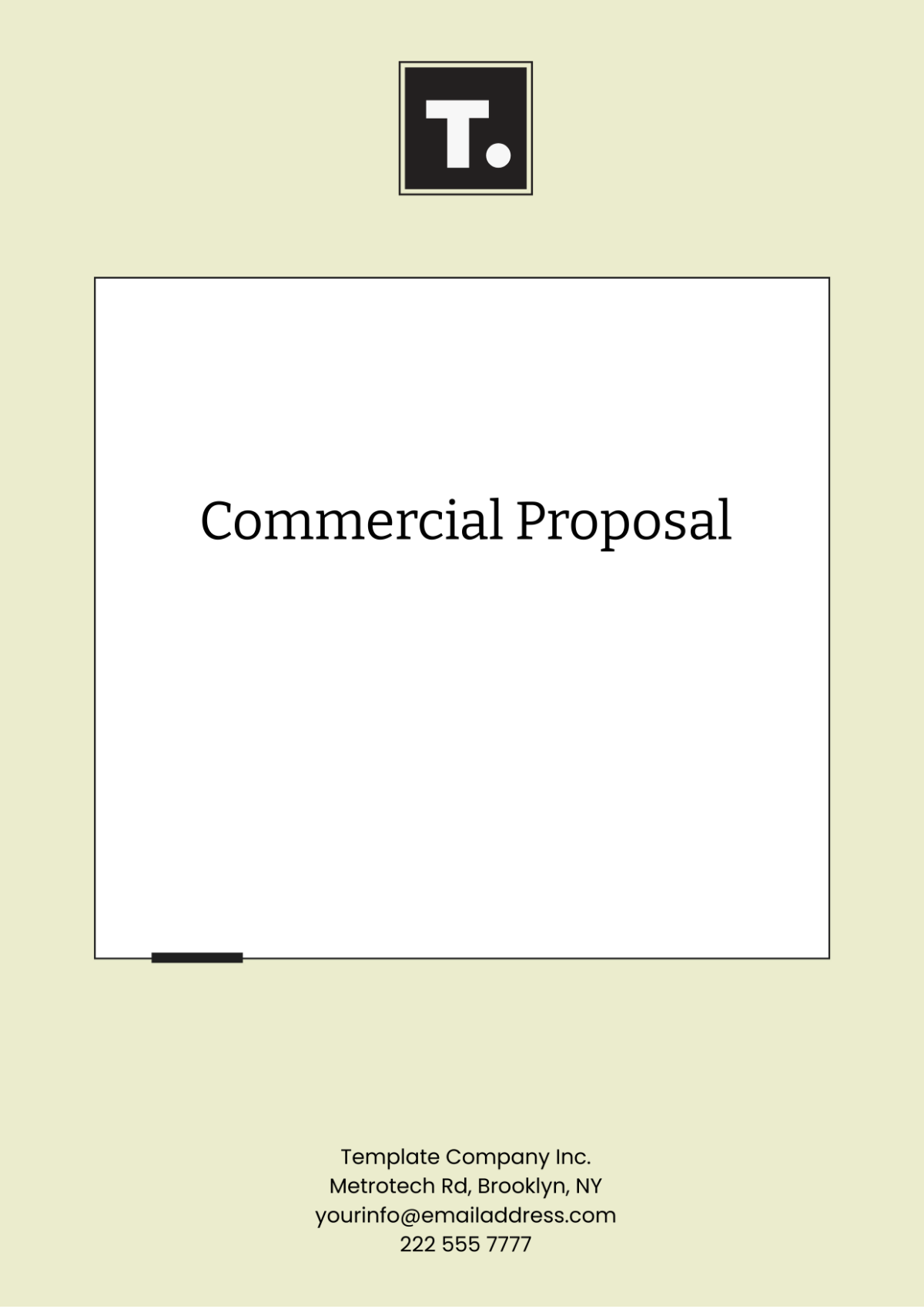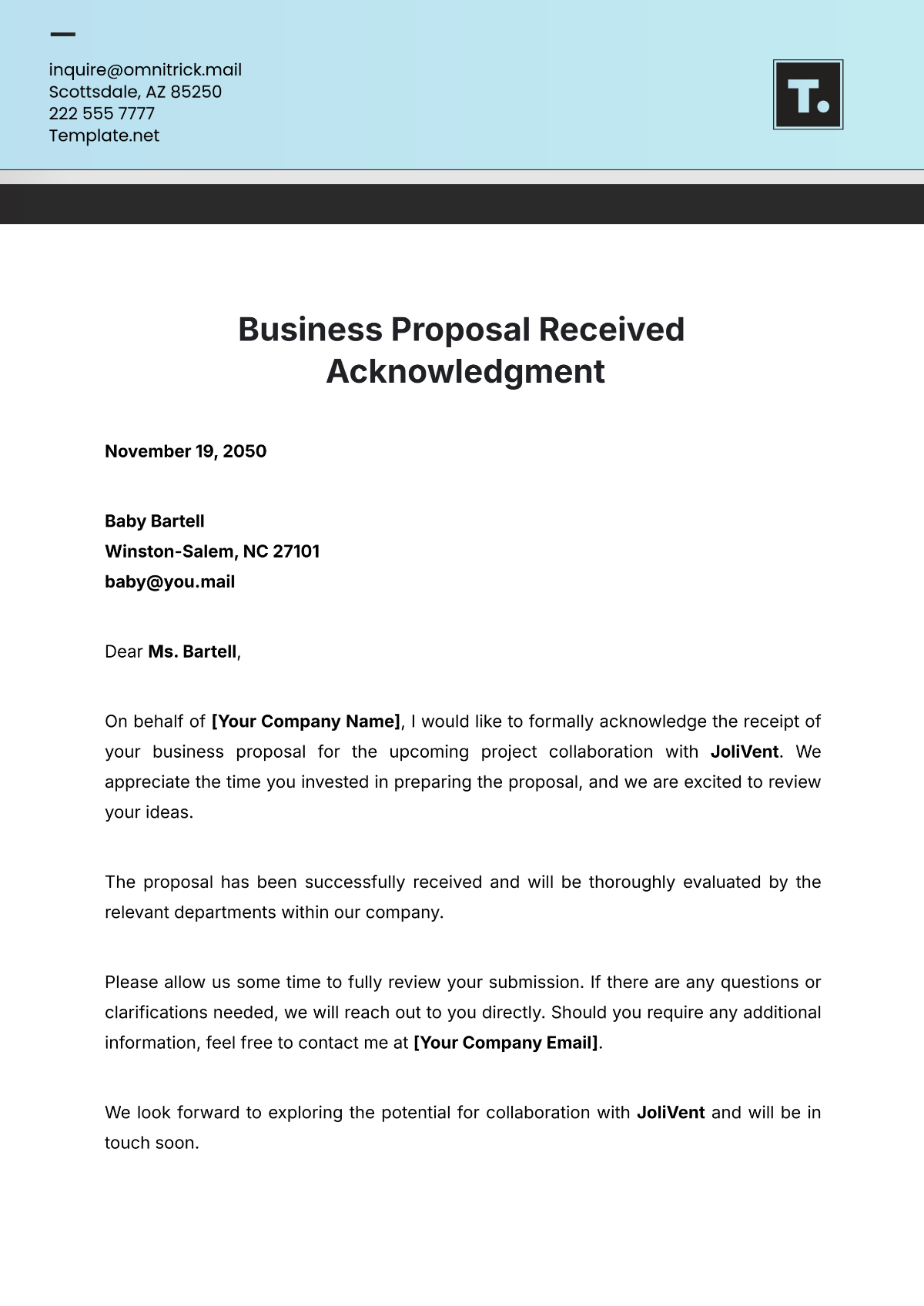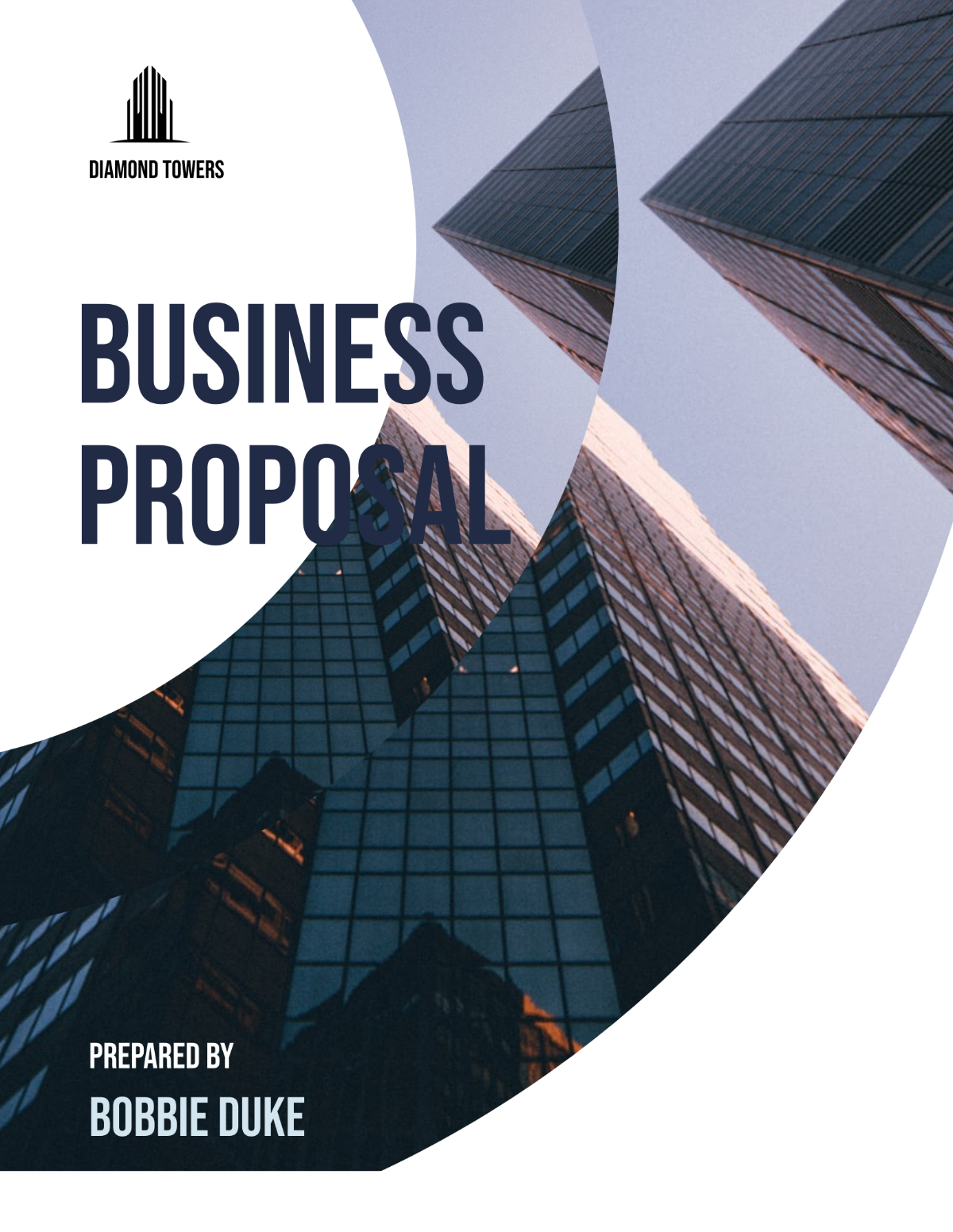B2B Business Proposal Format
1. Executive Summary
Provide a concise summary of the proposal, outlining the purpose of the document, the business problem you're solving, and the benefits your solution offers. Mention any key details about your company, its mission, and why the recipient should consider this proposal.
2. Business Overview
Company Background: Provide a brief history of your company, its core values, and the services or products offered.
Mission and Vision: State the purpose of your company and your long-term goals.
Key Strengths: Highlight your company’s unique selling points, capabilities, and experience.
3. The Business Opportunity
Problem Statement: Identify the specific issue or need your target company is facing that your product/service will solve.
Market Analysis: Provide an overview of the market or industry, including trends, growth projections, and competitor insights.
Target Audience: Define who your solution benefits and the market segments you’re focusing on.
4. Proposed Solution
Solution Overview: Describe the product or service you're offering in detail, highlighting its features and how it addresses the client’s specific needs.
Key Benefits: List the primary advantages and benefits that the recipient company will experience by adopting your solution.
Customization Options: If applicable, describe any tailored approaches or customization options available for the client.
5. Project Plan and Timeline
Implementation Plan: Outline the steps and stages involved in implementing your solution.
Timeline: Provide a detailed timeline with key milestones, deliverables, and expected completion dates.
Resources Needed: Mention any specific resources or support required from the recipient company.
6. Pricing and Financials
Pricing Model: Detail the pricing structure (e.g., one-time fees, subscriptions, per-user pricing).
Cost Breakdown: Offer a clear breakdown of the costs involved, including any optional add-ons or services.
Discounts/Payment Terms: Highlight any discounts, payment plans, or special terms available for early adopters or long-term contracts.
7. Case Studies or Testimonials
Previous Successes: Provide examples or case studies from similar clients or industries where your solution has been successful.
Client Testimonials: If available, include quotes or testimonials from satisfied customers to build credibility.
8. Next Steps
Call to Action: Clearly state what you want the recipient to do next. For example, schedule a meeting, sign a contract, or request additional information.
Contact Information: Provide your contact details for follow-up questions or discussions.
9. Terms and Conditions
Contract Terms: Outline any legal terms, conditions, and warranties.
Confidentiality Clauses: Mention any confidentiality agreements or non-disclosure agreements (NDAs) if relevant.
10. Closing
Conclusion: Sum up your proposal by reiterating the main benefits, your excitement about the potential partnership, and your commitment to delivering a valuable solution.
Signature: Include space for signatures from both parties, along with the date.
